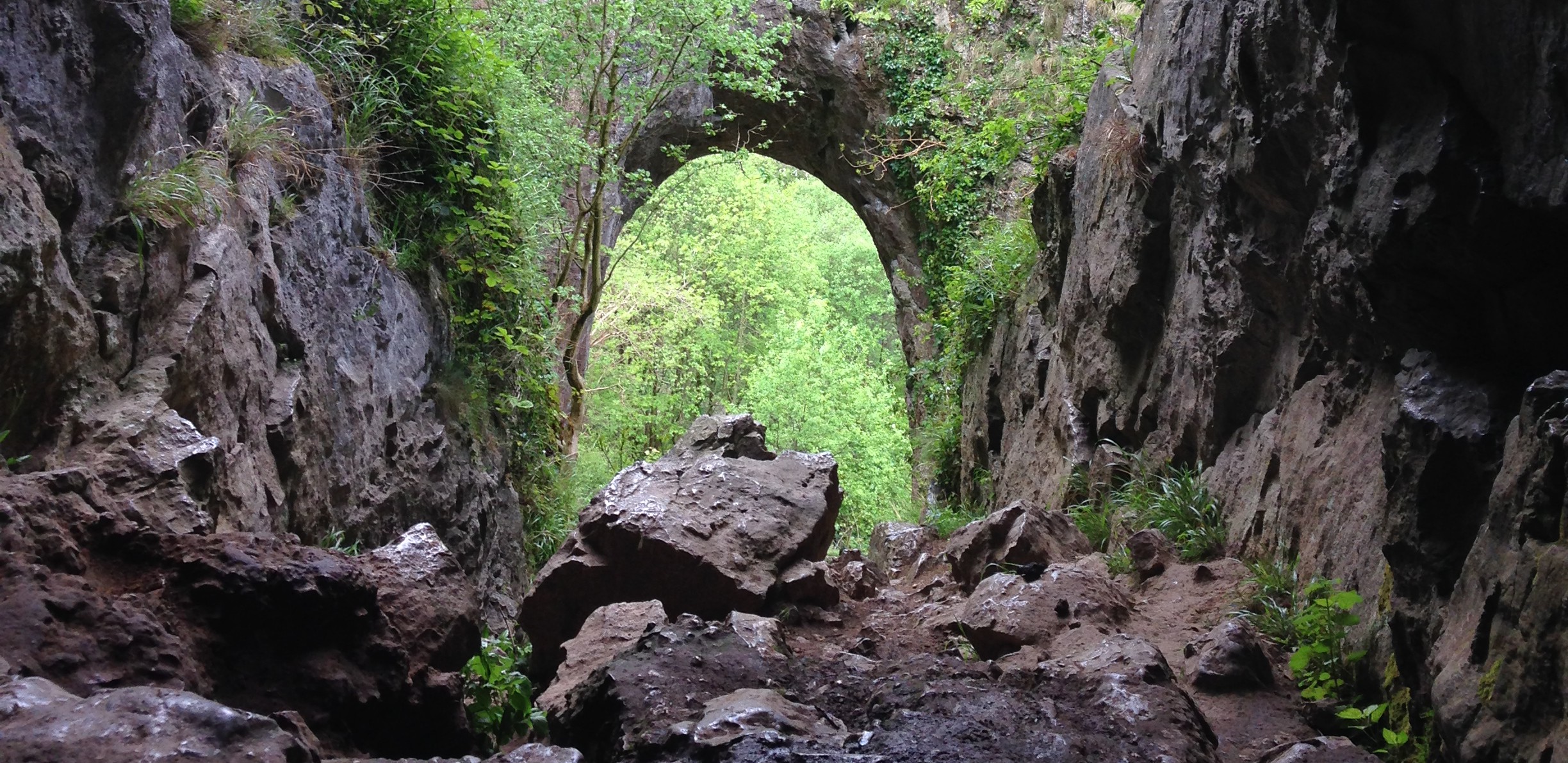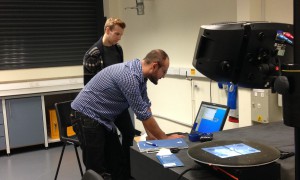
October 25, 2015, by Hannah O'Regan
How do you record a tooth?
That’s the question I’ve been asking myself, since Rachael Hall at the National Trust loaned me the bones from Reynard’s Kitchen Cave in Dovedale, Derbyshire. We’re working on a project to examine how the Dovedale landscape has changed over time, and as part of this we’re going to date an exciting find from the cave. Not the Iron Age to Romano-British hoard of coins (currently on display at Buxton Museum and Art Gallery), no, this is far more interesting – it’s a bear.
Bears used to live in Britain, and they became extinct, possibly in the Early Medieval Period. We have no idea when bears died out in the Peak District – the only date so far is from the end of the last ice age. The 2013 excavation at Reynard’s Kitchen Cave produced two bear teeth, and with help from a University of Nottingham HERMES award, we’re going to get one of them radiocarbon dated to discover when they were living in the cave. Radiocarbon dating is destructive, so we wanted to record the specimen as carefully as possible before sending it off for sampling. I can photograph it, measure it and record it in my notebook, so far, so traditional. I then got in touch with the Manufacturing Metrology Team in the Faculty of Engineering and they invited me over to 3D record the tooth using their new scanner. Looking like a slightly cross-eyed data projector, the scanner uses a projected structured light pattern to record the surface from multiple directions and merges them into one image. These images are captured for each side of the tooth, and they are then stitched together, creating a virtual 3D model of the specimen that can be 3D printed. Thus, a virtual record of the surface and dimensions of the tooth is preserved, and it can now be sent off for sampling. How old will it be? We have no idea – the site has produced artefacts from the Upper Palaeolithic to the 1950s, so this really is a step into the unknown, and very exciting!

Many thanks to Richard Leach and Su Rong for inviting me over to Engineering, and Petros Stavroulakis and Patrick Bointon (left) for making the scanning look easy and for all the data processing to turn the images into a single tooth.
Look out for more posts about Dovedale and bears in general over the coming months.
No comments yet, fill out a comment to be the first

Leave a Reply